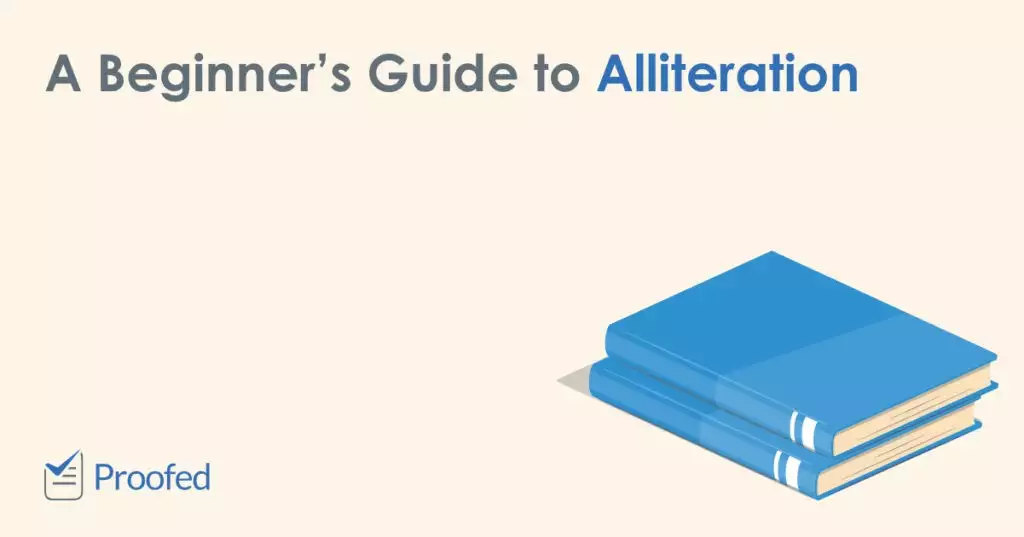A little alliteration can liven up even the limpest literature. So if you’re not sure what this is, or why that first sentence is full of ‘L’ words, you may want to check out our guide. We’ll also look at two related poetic techniques: consonance and assonance.
What Is Alliteration?
Alliteration occurs when we use the same sound repeatedly in a sentence. This is often at the start of a word, but it can also be at the start of a stressed syllable in a word.
You may have seen alliteration used in poetry, particularly in tongue twisters. For example, the nursery rhyme ‘Peter Piper’ uses the letter ‘p’ alliteratively:
Peter Piper picked a peck of pickled peppers.
A peck of pickled peppers Peter Piper picked.
If Peter Piper picked a peck of pickled peppers,
Where’s the peck of pickled peppers Peter Piper picked?
This is a case of alliteration where the whole point is to be tricky to say!
Why Use Alliteration in Poetry?
Usually, poets use alliteration to create a mood in a poem or to give it rhythm. For example, take the first stanza of Edgar Allen Poe’s ‘The Raven’:
Once upon a midnight dreary, while I pondered, weak and weary,
Over many a quaint and curious volume of forgotten lore—
While I nodded, nearly napping, suddenly there came a tapping,
As of some one gently rapping, rapping at my chamber door.
“’Tis some visitor,” I muttered, “tapping at my chamber door—
Only this and nothing more.”
Here, we have multiple cases of alliteration that combine with the rhyme scheme to give the text a strong rhythm and emphasise certain words. Poe does the same throughout the poem.
Find this useful?
Subscribe to our newsletter and get writing tips from our editors straight to your inbox.
Sometimes, you can also use alliteration to evoke a mood or image. A good example of this is sibilance, which involves the repetition of soft ‘S’ sounds:
The snake slithered silently across the sand.
Here, the repetition of ‘S’ sounds like the hiss of a snake. As such, the sound of the sentence reinforces the image it describes, like in onomatopoeia.
Other Uses of Alliteration
Many people use alliteration to make language memorable, including in:
- Company and brand names (e.g. Coca Cola, Dunkin’ Donuts)
- Slogans (e.g. Jaguar’s ‘Don’t dream it. Drive it.’)
- Titles of books, films, etc. (e.g. Black Beauty, Doctor Doolittle)
- Character names (e.g. Mickey Mouse, Peter Parker)
In all these cases, the repetition makes the phrase catchier and more striking.
Assonance and Consonance
Finally, we should look at two techniques related to alliteration: assonance and consonance. These both involve repetition of sounds, but they’re not quite the same as alliteration.
- Assonance is repetition of vowel sounds. For example, the repetition of ‘oo’ in ‘Your spooky bassoon went boom as I fell through my stool.’
- Consonance is repetition of consonant sounds in any part of a word, not just at the start. For instance, ‘The vegan dog hugged the ugly frog’ is consonance but not alliteration. This is because the repeated ‘G’ occurs in different parts of the words, not just at the start of stressed syllables.
You can use assonance and consonance to make writing more rhythmic or memorable. This is especially common in poetry, but, as with alliteration, it is also effective in other contexts.



